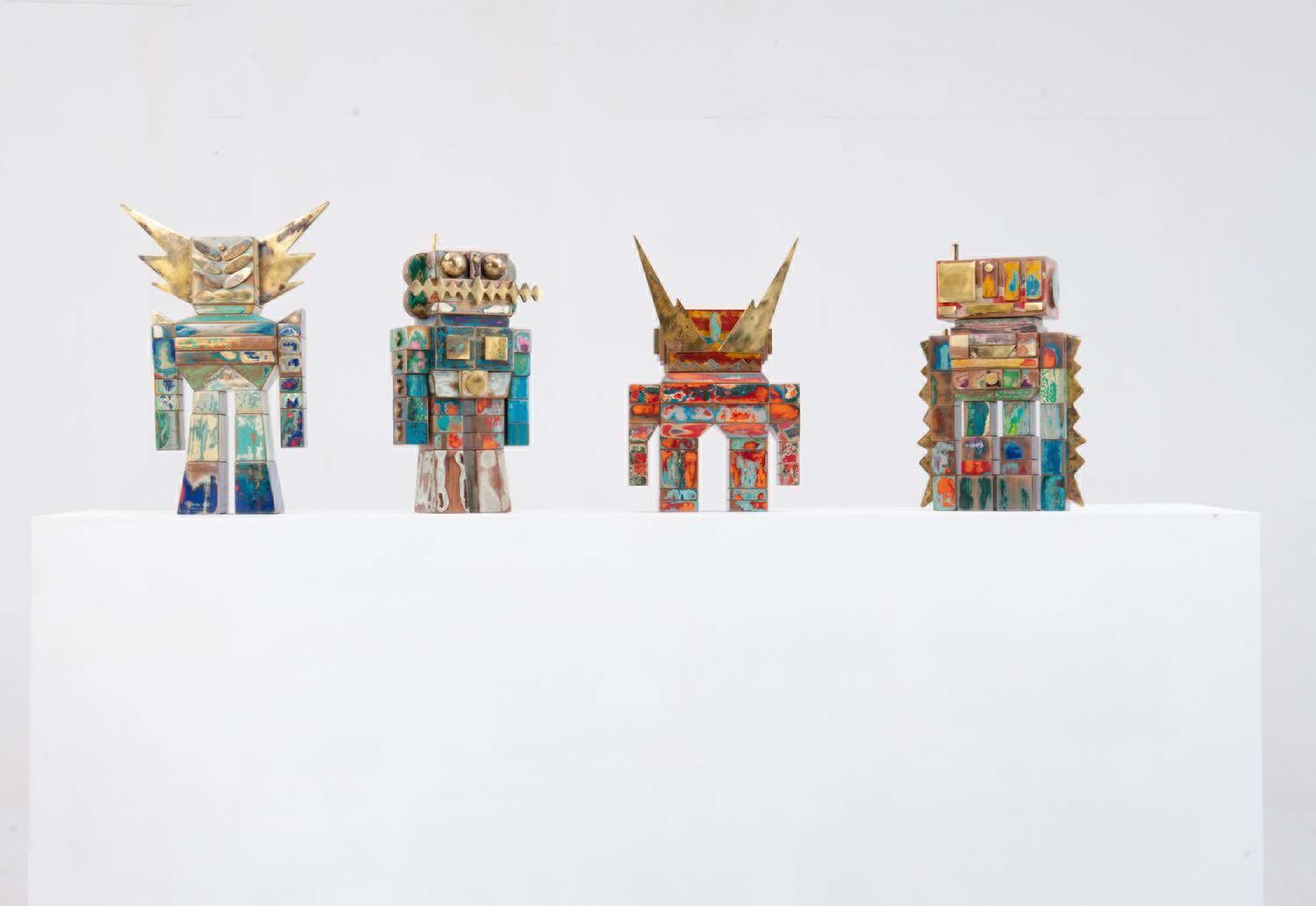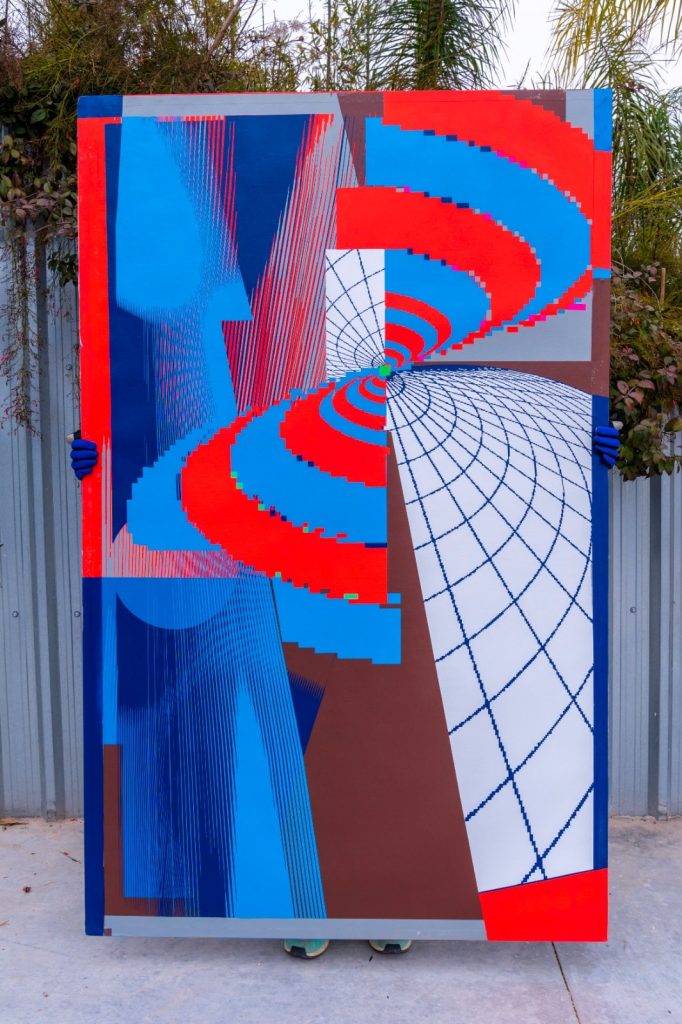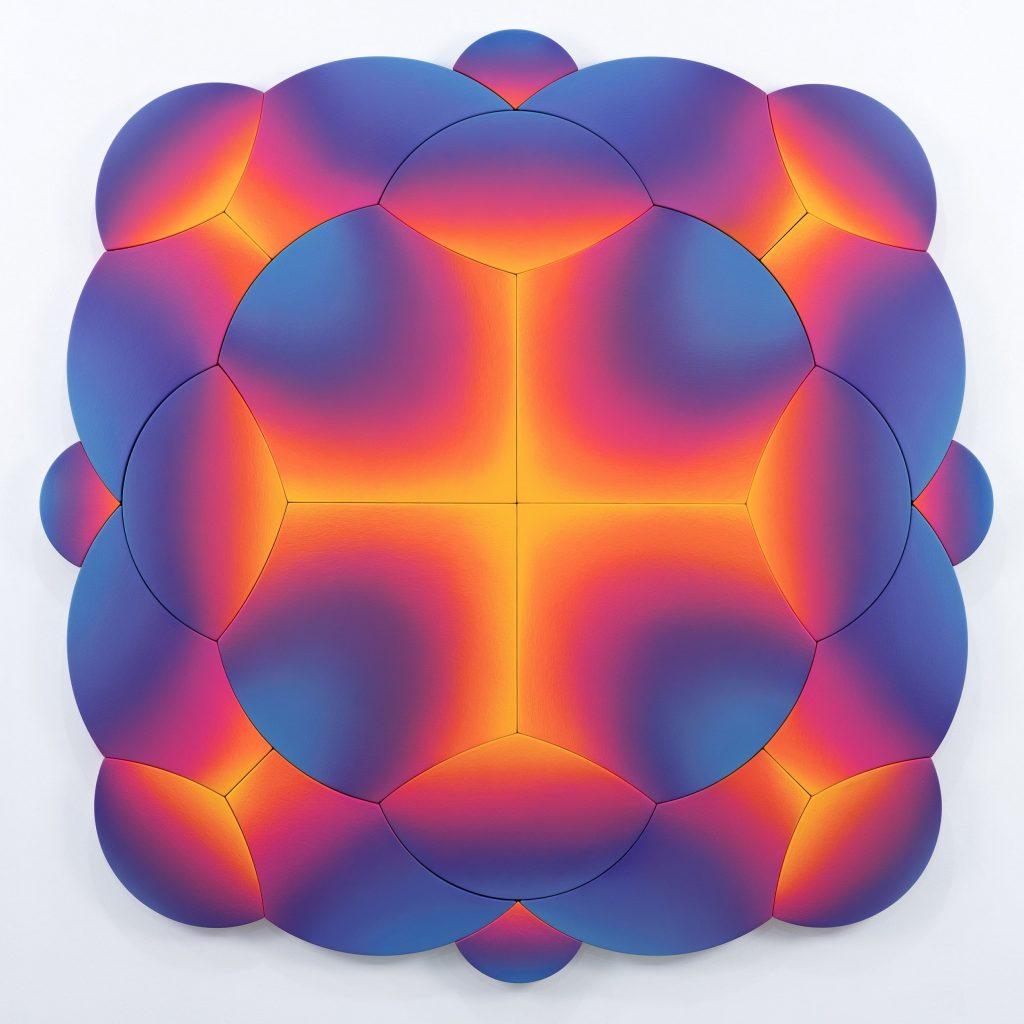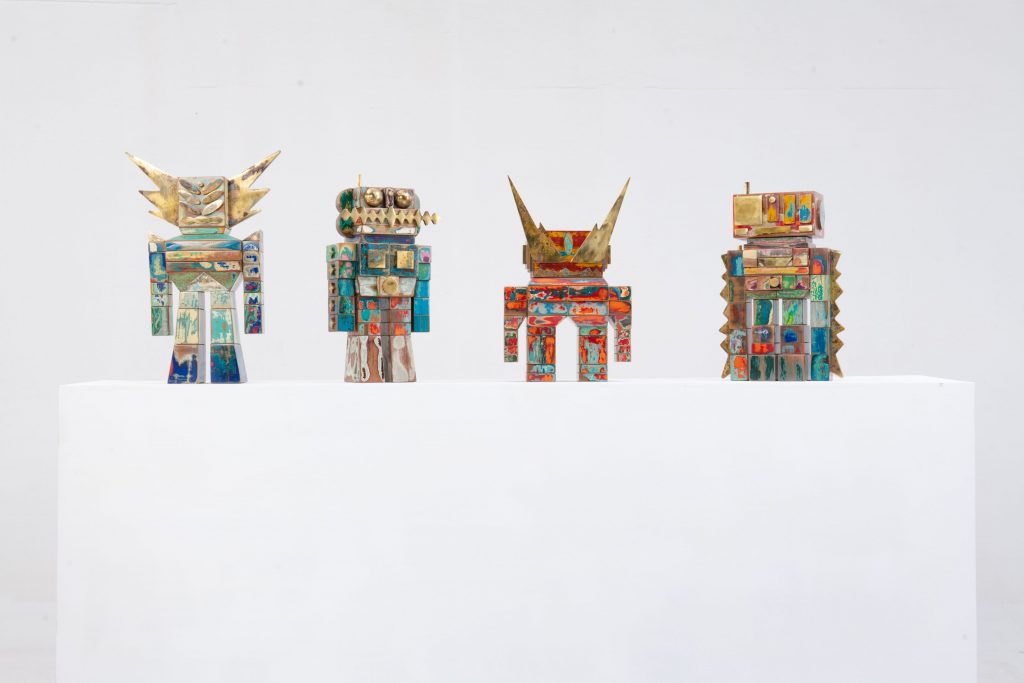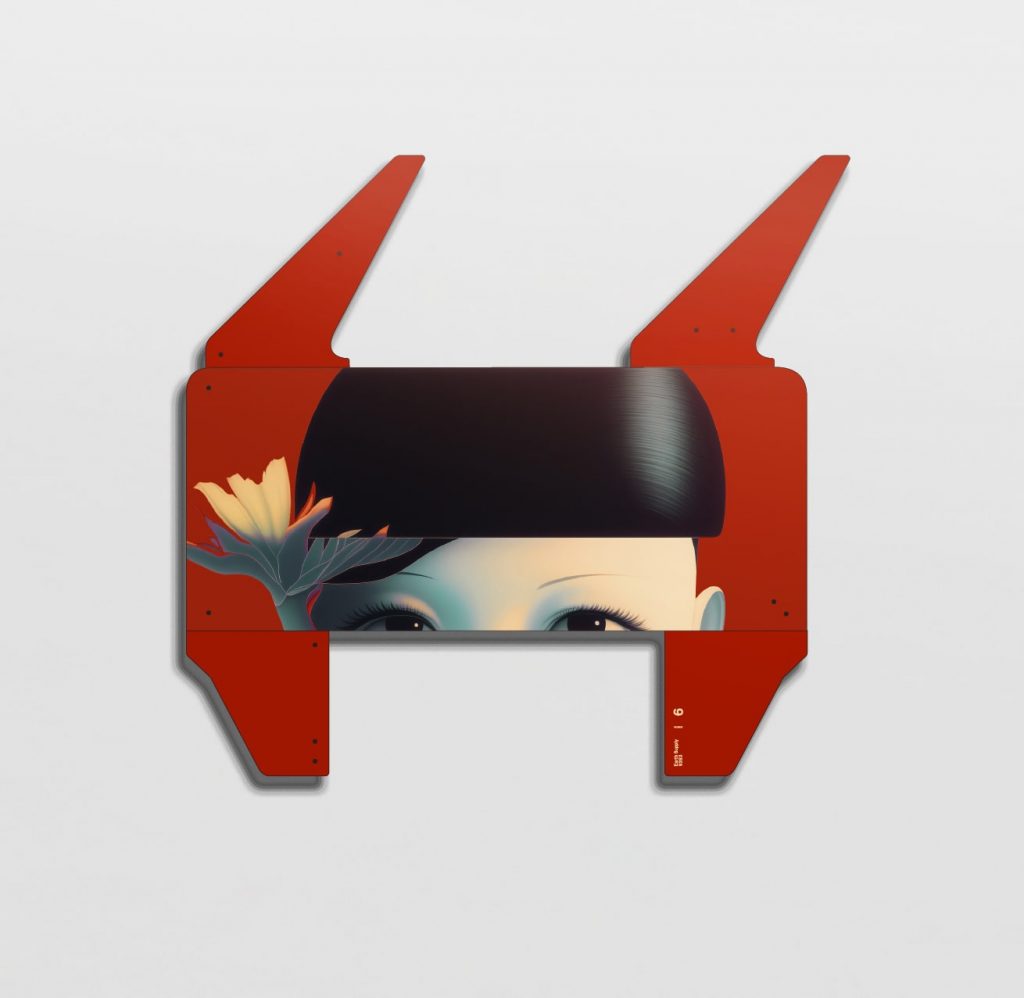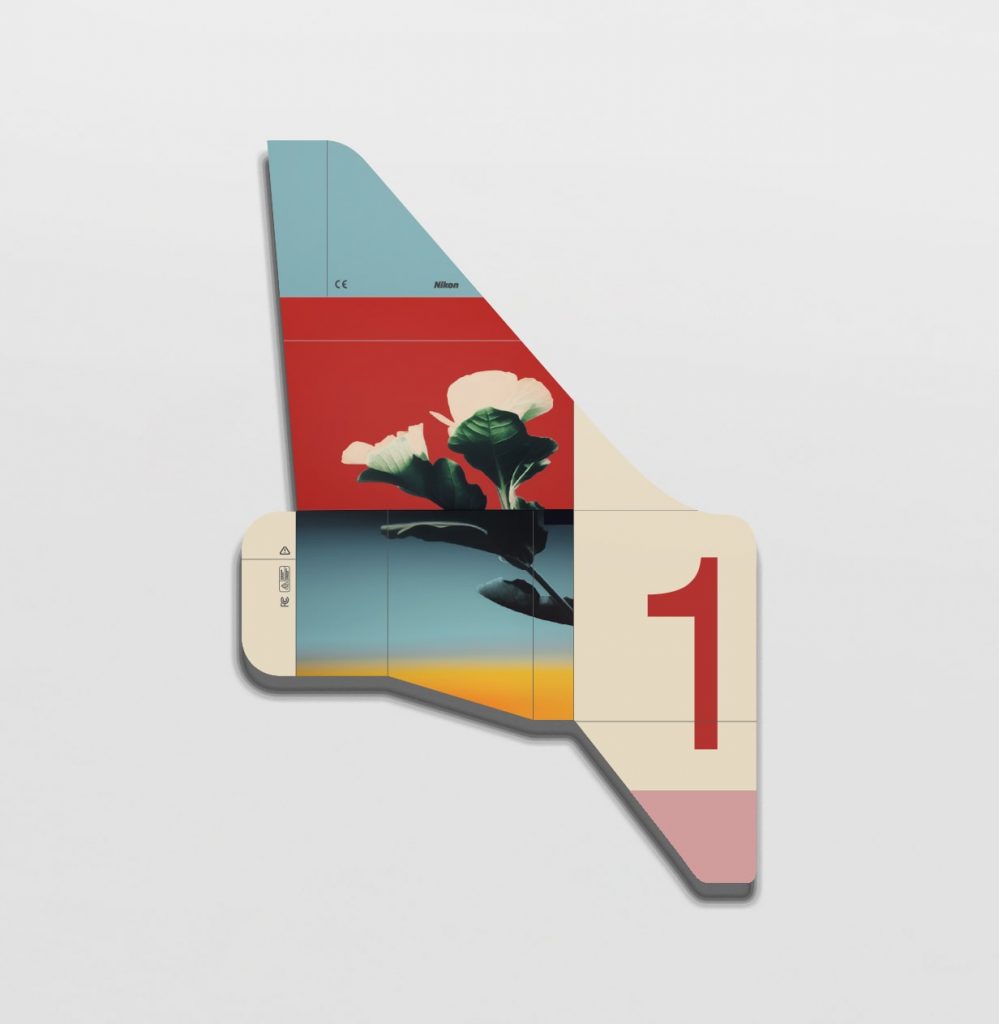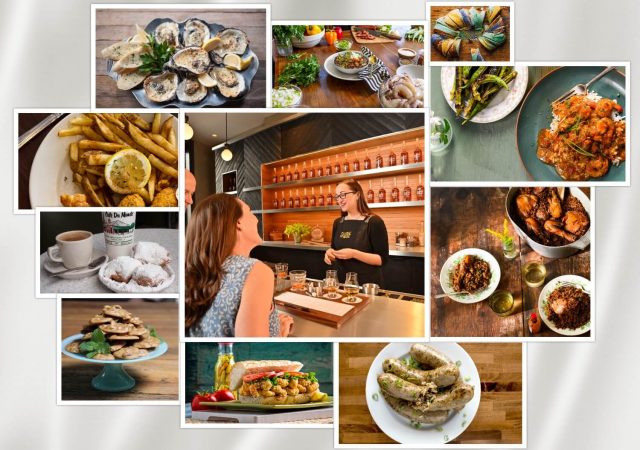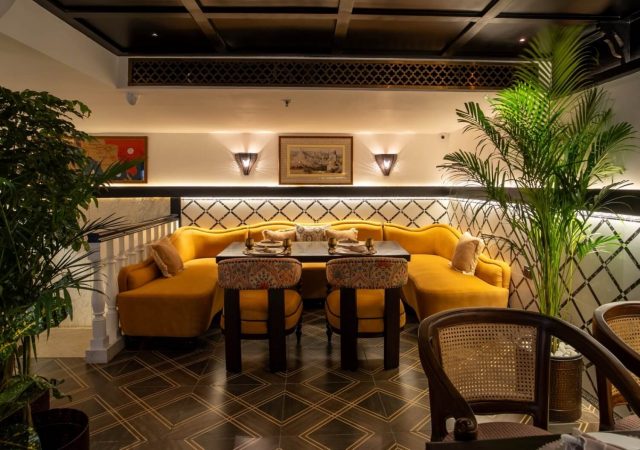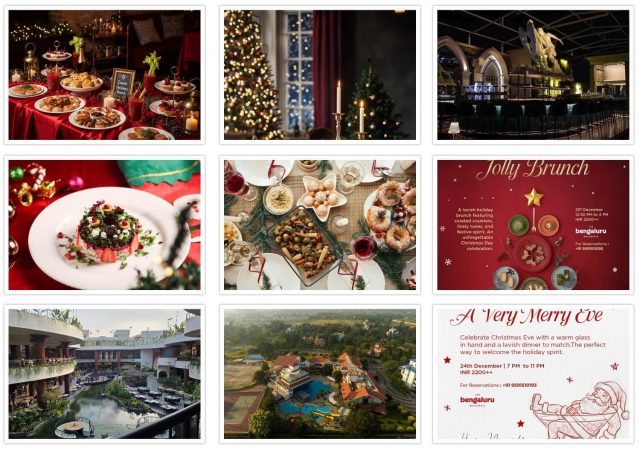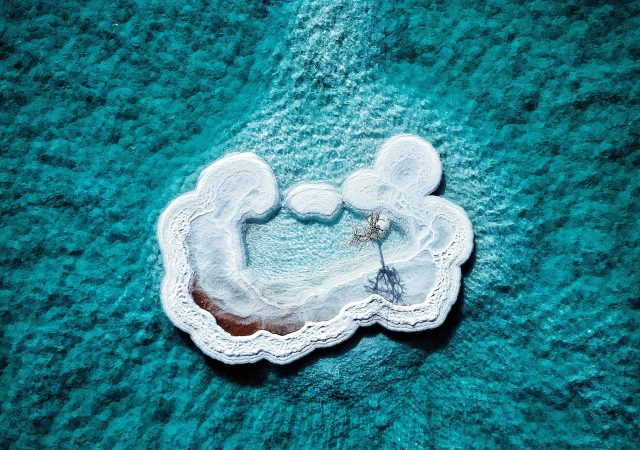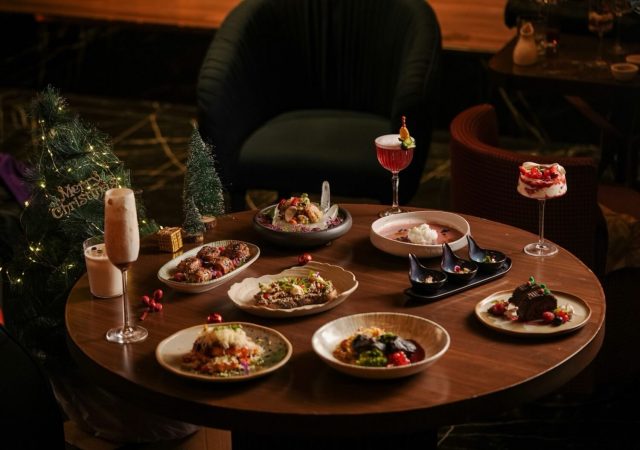Date – 1st to 4th February,2024.
Venue – Method Both No D06 – India Art Fair, New Delhi, India
Description – Method presents a curation of artists from across the globe & homegrown titled ‘Tomorrow’s Harvest’ that explore the interconnectedness of time with a lens to what could, would, and perhaps will be at Delhi.For some time now, each artist has been committed to exploring aesthetics, materials, and visions of the future, which, more than abstract concepts, are rooted in a very real possibility. The artist selection presents a mix of names established in the field, alongside some emerging names that are on the precipice of leaving their mark on the evolving art landscape.
With ‘Tomorrow’s Harvest’ Method makes its debut at the India Art Fair, a significant moment offering an exploration of unknown territory bringing limitless possibilities of tomorrow. The exhibition is scheduled to run from February 1st to February 4th.
The impressive roster of artists includes:
International Artists:
1) About J. Demsky
Demsky started his creative journey by immersing himself in the graffiti boom in the early ‘90s. Since then, he has traveled and sprayed in more than 50 countries, still feeling obsessed with twisting the morphology of his name into multiple, unconventional shapes. Being self-taught, his artistic influences are rooted in the graffiti movement, the fluorescent era, and his current nostalgia for the late ‘80s and early ‘90s. However, nowadays, these influences are expanding towards achieving a balanced mix between the future and nostalgia, radical creativity, and exact sciences. More precisely, it is a glimpse into the future from those nostalgic times—an ongoing personal therapy exercise based on immersing himself in creating impossible shapes that gravitate in multiple dimensions within an organized chaos environment. Understanding art as a vehicle to stimulate senses and heal the soul, Demsky has collaborated with worldwide galleries and participated in multiple cultural and commercial projects. He currently spends most of his time shut away in his laboratory, breaking the artificial atmosphere. Method presented J. Demsky’s solo exhibition, Interdimensional Hypnosees, for Mumbai Gallery Weekend 2023.
About J. Demsky’s Project
Since the beginning of our existence, people have been curious about the future. The quest to shape tomorrow, pushing forth advancement while avoiding destruction, is a defining
characteristic of humankind. J. Demsky, a visual artist from Spain and a pioneer of the burgeoning neo-futurist movement, has led and inspired a way to interpret and imagine what this might be.
His evolution of future aesthetics started with murals in the 1990s, paintings in the 2000s, and now sculptures in the second decade of the century. This new phase of Demsky’s journey is a refined exploration of the coalescence of materials and mediums in times to come.As a viewer, the understanding is a little more fantastic.
Demsky spent his childhood playing arcade games, watching Japanese mecha and indulging in sci-fi movies on VHS. These things influenced his current style as the past meets the future. Demsky approaches his art as a presentation of the interconnected relationship of space and time, with a strong focus on finding the glitch and animating static compositions. The process is different for each project. However, normally Demsky always thinks of ideas and has a list to develop. Demsky sees which idea fits for what medium and from there, he begins to sharpen it until he reaches the point where he wants to go.
He likes improvisation, risks, and mistakes; learning from the mistake and sometimes even retaining the mistake. He loves the graphical-visual part of the error as a glitch; a glitch in the perfect system. For Demsky, sometimes his art practice requires him to be more like that of an architect who maps, plans, and directs until he reaches the desired outcome.
2) About Jan Kaláb
Born in 1978 in Prague, Czechoslovakia, Jan Kaláb is one of the country’s most notable contemporary artists’ today. A founding pioneer of the Prague underground graffiti, and street art scene, formerly known as Cakes, and with his crew, The DSK – together they animated city streets, and spent many sleepless nights in train yards, and perhaps, a few nights too in police stations.A Masters graduate from the Academy of Fine Arts of Prague in 2006, Jan had his first solo exhibition shortly thereafter in 2008 at the acclaimed Trafo Gallery, an exclusive art space notorious for showing only outstanding artists with limited shows of four per year. Since then, Jan has exhibited in high profile galleries around the world, including New York, Miami, Los Angeles, London, Paris, Seoul, Shanghai, Rio de Janeiro and Taipei.
About Jan Kaláb’s Project –
Jan Kaláb introduces a meticulous study of color to the sweeping geometry of his canvases for this exhibition. From multi-dimensional pieces that curve organically beyond their boundaries to visual arrays of shapes that create fields of chromatic harmony, Jan’s work plays with ideas of perception and the fluidity of what we see as real. Many of his paintings, through the masterful application of color gradient, present illusions to the eye. Incorporating sculptural elements, such as oblong and/or protruding canvases, the artist creates pieces that have no clear definition.
Each of the pieces for Tomorrow’s Harvest exude a balanced energy. Kaláb’s work continues to inspire with its vibrant tones and exceptionally immersive abstraction. Lost within the organic shapes are memories and emotions, which mesmerize as the movement of the colors change and wander upon the gallery wall.Shifts in volume and pigment evoke visions of Earth’s atmosphere and the transformations in the sky during dawn or dusk. Encapsulating these moments upon canvas, the artist articulates his own unique perspective of abstract form.
Following those glory days, Jan’s work has evolved to 3-D graffiti, light suspended installations, animated NFTs, paintings, and sculptures. His paintings teeter on the edge of sculpture and his sculptures are mostly painted. All the while, shape and color are the main characters of his work,which he pushes and blends together to exaggerate, or minimize, forms. Sometimes Jan’s work may resemble a particular shape, but it is never his intention to capture, nor replicate an existing image or narrative. Rather, he seeks universal beauty in an unseen and novel perspective, and redirects the known into the unknown, into a new dimension. The sensations of déjà vu, like when remembering a special moment or melody; this is the ultimate feeling, Jan strives to achieve and wishes to resonate with his audience.
3) About Kumkum Fernando
Kumkum Fernando was born in Sri Lanka, the son of an antiques and curiosities collector. As far back as he can remember, Kumkum has been a collector as well: of stones, spoons, statues, ostrich eggs, and other ancient marvels and treasures. Thousands of years of Sri Lankan culture inform Kumkum’s art, from ornate temple paintings to folktales of portals that connect us to a vast underworld of gods, giants and demons. He proudly derives inspiration from this heritage, bridging fine art and design with a deep appreciation for ancient and traditional forms. Kumkum’s creations have been featured at the Singapore Art Museum, Ho Chi Minh City Museum of Fine Arts and the Coachella Valley Music and Arts Festival. He is represented by Jonathan LeVine Projects and his work has appeared in numerous publications including HYPEBEAST and designboom.
About Kumkum Fernando Project
Kumkum Fernando has conjured Post Colonial Rainbow Punks, merging the ancient and the futuristic, the traditional and the fantastical to create one of a kind sculptures from found objects scoured from the streets of Saigon. Post Colonial Rainbow Punks are intergalactic swashbucklers – part gangsters, part mythical beings – who have traveled through space and time to find their missing Princess Izzah 281. The four Punks, Softboss, Koha, Lomba, and Manike the Maniac, have arrived on Earth ready to meet their greatest challenge.
The Post Colonial Rainbow Punks series is part of Kumkum’s ongoing exploration of the nexus between East Asian history and modern culture; Hindu mythology and folktales as well as Vietnam’s cultural reclamation informs his art. Kumkum uses the detritus and remnants of French era architecture to methodically recontextualize the past. Doors, shutters, window frames and other wooden treasures, some over 100 years old, are used as the building blocks of his sculptures.He proudly derives inspiration from this heritage, bridging fine art with a deep appreciation for traditional forms to create contemporary art objects.
Indian Artists:
4) About Kunel Gaur
Kunel Gaur is a creative entrepreneur and designer who works in areas like digital art, bricolage, typography and AR. He is the co-founder and CEO of AR.IVAL, a location based, augmented reality platform connecting creators and brands with collectors and fans. He is also the founder and creative director of ANIMAL, an independent creative agency that was recently called one of the 100 fastest growing agencies worldwide, by Adweek. From starting as a design studio, Kunel has driven ANIMAL into becoming a full-service creative agency working with startups and fortune 100 brands on areas like digital marketing, social media, branding, apparel, amongst other wild things. In 2016, he founded INDIANAMA, a non-profit platform aggregating the new Indian aesthetic. He curated projects with 70+ artists each year for 4 years building narratives around the history and future of India and Indian design. The project traveled to the London Design Festival, TEDx and more recently Jerusalem Design Week. As an artist, Kunel’s visual style is influenced by functional design and brutalist architecture and design movement that emerged in the 1950s and has come to evolve as a response to the overwhelming use of embellishment in visual communication both online and offline. He has had two solo exhibitions with Method: (Information Architecture)™ in 2022, and (Systems)™ in 2023.
About Kunel Gaur’s Project
Kunel Gaur’s body of work sits at the intersection of brutalism and cyberpunk,with a profound nod to Japanese visual culture. The pieces are deconstructed bricolages made in metal steel and hardware, painted over with oil.Characterised by a controlled palette, each piece reflects a deliberate mix of elements blurring the lines between past, present, and future.
The street ecosystem, on which Kunel bases most of his work, is a menagerie of retail spaces, homes, schools, hospitals, libraries, flower shops, art museums,cafes, and general stores that thrive and co-exist as a whole.Coming from a background in design, Kunel naturally fascinated by the various elements he comes across on his travels or otherwise, like products, stationery, signage, street art, even electricals, and hardware – and he ends up collecting a lot of them. There’s just so much to find in the simplest of everyday places. Kunel tries to use items like packaging and other printed material coming out of these
places to create a scaled-down version of this commune, making each bricolage a unique representation of a street or a situation embedded in memory— completing the circle in a way. When a functional item like a piece of packaging or a label becomes part of an artwork, it loses its function, and it changes how it is perceived by you as a viewer.
5) About Rohan Joglekar
Rohan Joglekar is a Goa-based surrealist who explores several social, political, and ecological themes through his work. His fantastic compositions and color play present fictionalized characters in wonderful landscapes that implore the viewer to reflect, ponder, and delve into the minutiae of his paranormal worlds. Eventually, with the layers peeled, they reflect reality as it exists today. Rohan started his career as a designer at Light-Fish, Auroville. After returning home, he joined the gig economy to create illustrations, murals, sculptures and merchandise while developing his painterly skills with private commissions and personal projects. Deeply fascinated by nature, he draws his inspiration from its complex mechanics. In the styles of magical realism and pop-surrealism, his art embodies a self-developed technique influenced by an education in sustainable design, love for ecology and popular culture. Method held his solo exhibition, Happy in the Hippocampus, in 2023.
About Rohan Joglekar Project
This painting arises from the visual language explored in the artist’s solo exhibition “Happy in the Hippocampus,” at Method. It signifies the conceptual trajectory of the artist’s future practice. “The Void” serves as a backdrop for humanity’s shift towards a secular global society, prompting contemplation on the choices made to fill the voids within our shared human experience.
6) About Ashna Malik
Ashna Malik (b. 1998 New Delhi, India) is a multidisciplinary artist who uses a combination of traditional and digital media to investigate ideas of perception, distortion, immersion and experience. Currently based in New Delhi, India, she has exhibited her work and is included in private collections in the United States, France, and India. Method held her solo exhibition, Lines of Inquiry, in 2023.
About Ashna Malik’s Project –
We are more than physical bodies living this life, yet the veiling power of our limited perceptions leads us to believe only in that which is understood through the most commonly agreed upon senses. We rely on sight, sound, smell, feel, and tough to interpret the world, and as a result, we limit our ability to discern truth. We end up with a distorted, surface glimpse of something far greater than we can possibly interpret using the physical.
Through paintings and interactive projections, Ashna aims to have the viewer question their limited perception and understanding of reality through stimulating visuals.
Using a combination of digital and traditional media, she pushes boundaries and provides the viewer with an encapsulating experience. Dynamic lines and vibrant colors create movement and distortion through optical play challenging the viewer’s perception of what they see and understand.
About Method –
“The Revolution introduced me to art, and in turn art introduced me to the Revolution!” – Albert Einstein
It’s unclear as to whether Einstein was talking about a political or scientific revolution, but it is evident that art and breaking away are intermingled at the core.
Method is an introspective and “extrospective” approach to art and the world in which it currently exists. By acknowledging that limitlessness is an inherent characteristic of creativity, we fall beyond the domain of predetermined outcomes not only as artists but as a community. In doing so, we transpose and expand with the movement of art. This cultivates collaboration and experimentation for the purpose of expression as well as discovery.
At present, Method has three physical locations in Mumbai: Kala Ghoda Bandra, and Juhu.
www.themethod.art


